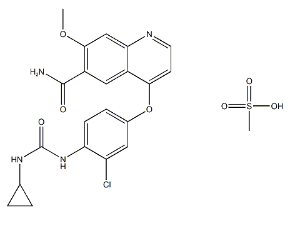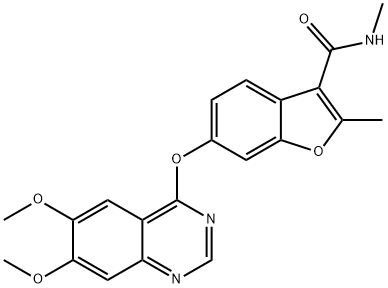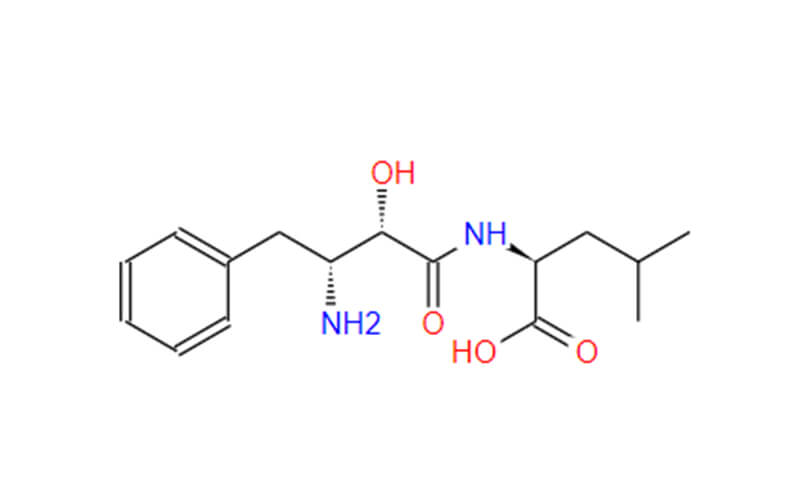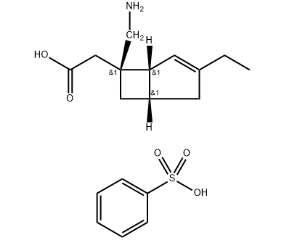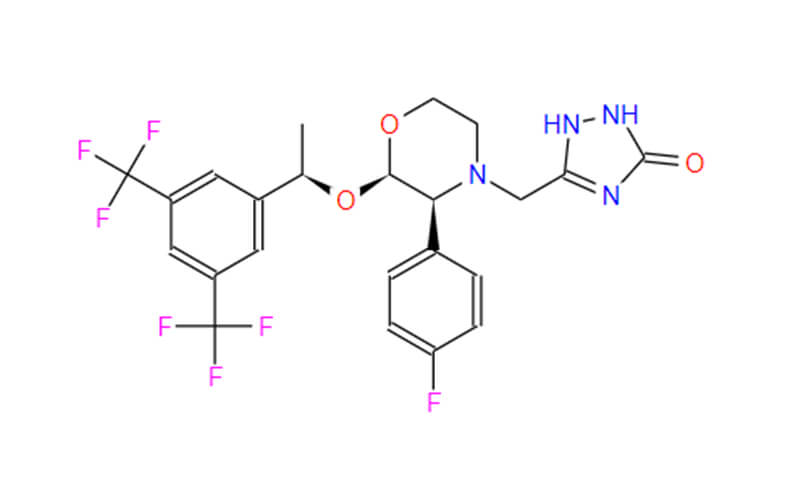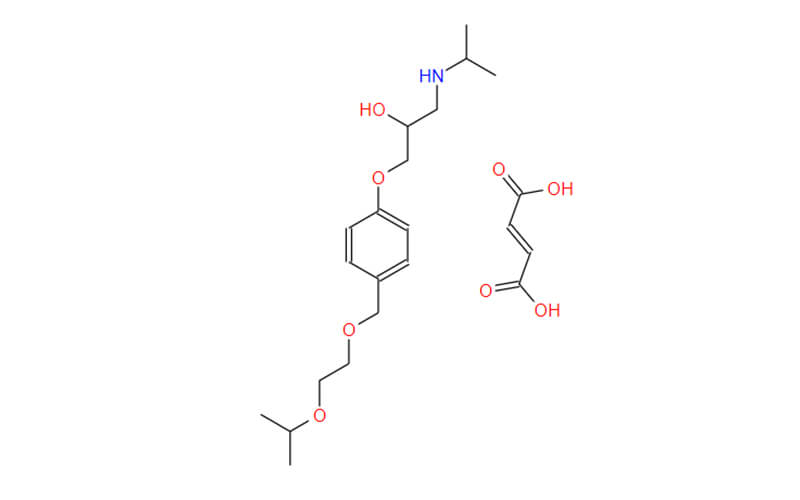Sugammadex Sodium: Seven Key Points for Optimal Clinical Application
Sugammadex sodium, a revolutionary neuromuscular blocker (NMB) reversal agent, has captivated the medical community with its specificity and efficacy. This review delves into seven key pillars of its clinical application, exploring its advantages and potential pitfalls in comparison with neostigmine, the long-standing NMB reversal agent. With the recent proliferation of highly-competitive sugammadex sodium suppliers and manufacturers, particularly in the form of generic Sugammadex Sodium API (active pharmaceutical ingredient), this article aims to provide a comprehensive overview for healthcare professionals seeking to optimize NMB reversal strategies in the perioperative setting.
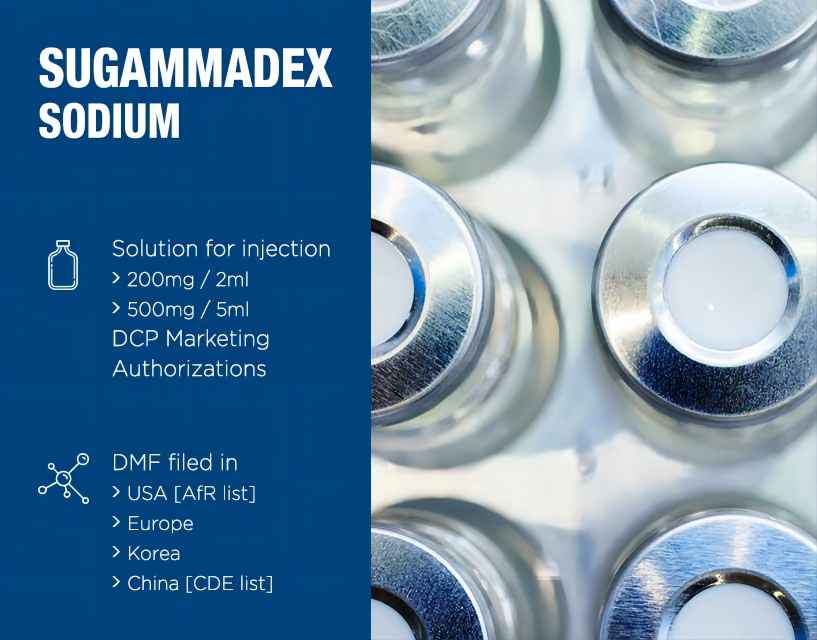
1. Pulmonary Complications
The Achilles heel of neostigmine has long been an unpredictable influence on pulmonary function. Residual neuromuscular blockade (NMB) post-extubation is a well-established risk factor for postoperative pulmonary complications (PPCs) such as pneumonia and respiratory failure. Sugammadex sodium, with its rapid onset of action and high-affinity encapsulation of rocuronium and vecuronium, offers a compelling alternative. Numerous studies have demonstrated its efficacy in minimizing residual NMB, leading to a significant reduction in PPCs. Sachin et al. reported a 30% decrease in PPC risk with sugammadex compared to neostigmine in non-cardiac surgery patients, with further reductions in pneumonia (47%) and respiratory failure (55%). However, Brandon et al. and Gen Li et al. observed no significant differences in PPCs between sugammadex and neostigmine in their patient cohorts. These discrepancies may stem from the selective use of sugammadex in high-risk patients (obese, ASA 3-4) with a pre-existing higher baseline risk for PPCs. Further research with propensity score matching and adjustment for confounding factors is warranted to definitively elucidate the role of sugammadex in PPC prevention.
2. Postoperative Nausea and Vomiting (PONV)
The postoperative nausea and vomiting (PONV) storm can significantly impact patient comfort and recovery. Sugammadex, once again, emerges as a potential game-changer. Compared to the neostigmine-atropine combination, sugammadex has been shown to significantly decrease the incidence of PONV in the critical first 6 hours post-extubation. This translates to a more pleasant recovery experience for patients and potentially reduced healthcare resource utilization.
3. Hemodynamic Stability
Bradycardia, a common side effect of neostigmine, can pose significant challenges in certain patient populations. Sugammadex, with its minimal effect on acetylcholine receptors, offers a clear advantage in this regard. Studies have consistently demonstrated a lower incidence of bradycardia with sugammadex compared to neostigmine, contributing to smoother hemodynamic control and potentially reduced vasopressor requirements. However, recent case reports have highlighted the potential for paradoxical biphasic heart rate responses (initial deceleration followed by acceleration) with sugammadex, necessitating close hemodynamic monitoring in susceptible individuals.
4. Allergic Reactions
While allergic reactions are relatively uncommon with either NMB reversal agent, existing data suggests a potentially higher risk associated with sugammadex. Gamma-cyclodextrin, a structural component of sugammadex, has been implicated in hypersensitivity reactions. Additionally, rare cases of allergic reactions to the sugammadex-rocuronium complex have been reported. Therefore, a thorough pre-operative allergy assessment and vigilant post-administration monitoring remain essential for both neostigmine and sugammadex.
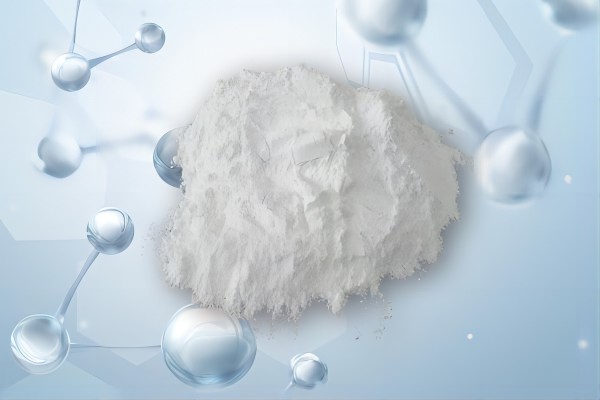
5. Gastrointestinal Motility
Early return of bowel function is a desirable outcome for surgical patients, facilitating faster recovery and discharge. Sugammadex has demonstrated a potential advantage in this domain, with studies suggesting a higher number of patients achieving first flatus within 24 hours compared to neostigmine. However, the time to first flatus remains similar between the two agents, suggesting a potential impact on early intestinal gas production rather than overall gastrointestinal motility.
6. Interaction with Oral Contraceptives
The potential interaction of sugammadex with oral contraceptives is a topic of ongoing investigation. In vitro studies and pharmacokinetic modeling suggest that sugammadex may interact with endogenous progesterone, leading to a potential decrease in serum progesterone levels in women taking oral contraceptives. This theoretical reduction in progesterone levels might be equivalent to missing one dose of an oral contraceptive pill. However, clinical studies by Devoy et al. in premenopausal women failed to demonstrate any significant changes in hormonal levels post-sugammadex administration, suggesting no interference with contraceptive efficacy. Further research is necessary to definitively establish the clinical significance of this potential interaction. Currently, expert consensus recommends discussing the theoretical concern with patients taking oral contraceptives and potentially advising them to use additional contraceptive methods during the immediate perioperative period as a precautionary measure.
7. Blood Concentration Measurement
Precise monitoring of sugammadex sodium blood concentrations can offer valuable insights into its pharmacodynamic profile and potentially guide individualization of dosing regimens. In this regard, a novel sensor developed by a Turkish research team has emerged as a promising tool. This sensor, capable of directly measuring sugammadex concentrations in blood serum samples, demonstrates high sensitivity and accuracy, paving the way for potential therapeutic drug monitoring applications in the future.
The Sugammadex Sodium Landscape: Evolving Dynamics and Implications
With the expiration of patent rights for sugammadex sodium, the global landscape of this NMB reversal agent has undergone a transformative shift. The advent of numerous high-quality generic Sugammadex Sodium APIs from reputable suppliers and manufacturers has significantly enhanced market competition and drive down costs. This accessibility makes sugammadex a more viable option for healthcare institutions seeking to optimize NMB reversal strategies, particularly in cost-sensitive settings. However, careful selection of reliable sugammadex sodium suppliers and manufacturers, with a focus on quality control and regulatory compliance, remains paramount.
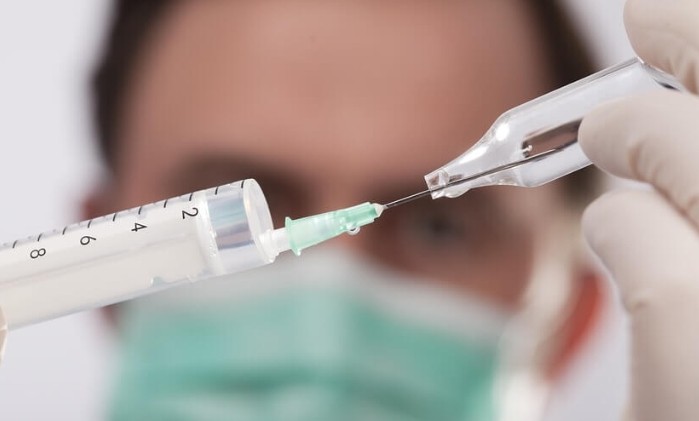
Conclusion
Sugammadex sodium has emerged as a potent challenger to neostigmine in the realm of NMB reversal, offering several distinct advantages in terms of pulmonary safety, PONV reduction, and hemodynamic stability. However, potential considerations regarding allergic reactions, interaction with oral contraceptives, and the need for further research on its role in PPC prevention and gastrointestinal motility necessitate a nuanced approach to its clinical application. As the landscape of sugammadex sodium suppliers and manufacturers continues to evolve, with competitive pricing and increased availability of generic Sugammadex Sodium API, healthcare professionals will have a wider range of options to choose from. Ultimately, the decision to utilize sugammadex sodium should be based on a comprehensive assessment of the patient’s individual risk factors and anticipated benefits, coupled with close monitoring and vigilance for potential adverse reactions. With ongoing research and a growing body of clinical data, sugammadex sodium has the potential to revolutionize the way we approach NMB reversal, leading to smoother, safer, and more comfortable perioperative experiences for our patients.
Reference:
[1]Kheterpal S, Vaughn MT, Dubovoy TZ, et al. Sugammadex versus Neostigmine for Reversal of Neuromuscular Blockade and Postoperative Pulmonary Complications (STRONGER): A Multicenter Matched Cohort Analysis.Anesthesiology. 2020;132(6):1371-1381.
[2]Togioka BM, Yanez D, Aziz MF, Higgins JR, Tekkali P, Treggiari MM. Randomised controlled trial of sugammadex or neostigmine for reversal of neuromuscular block on the incidence of pulmonary complications in older adults undergoing prolonged surgery.Br J Anaesth. 2020;124(5):553-561.
[3]Li G, Freundlich RE, Gupta RK, et al. Postoperative Pulmonary Complications’ Association with Sugammadex versus Neostigmine: A Retrospective Registry Analysis.Anesthesiology. 2021;134(6):862-873.
[4]Sidebotham D, Frampton C. Sugammadex and neostigmine: when better may not bebest. Anaesthesia. 2023;78(5):557-560.
[5]Mat NISN, Yeoh CN, Maaya M, Zain JM, Ooi JSM. Effects of Sugammadex and Neostigmine on Post-operative Nausea and Vomiting in ENT Surgery.Front Med (Lausanne). 2022;9:905131.
[6]Tsai YH, Chen CY, Wong HF, Chou AH. Comparison of neostigmine and sugammadex for hemodynamic parameters in neurointerventional anesthesia.Front Neurol. 2023;14:1045847.
[7]Orihara M, Takazawa T, Horiuchi T, et al. Comparison of incidence of anaphylaxis between sugammadex and neostigmine: a retrospective multicentre observational study.Br J Anaesth. 2020;124(2):154-163.
[8]Lee MJ, Chun DH, Kong HJ, Shin HJ, Yang S, Kim NY. Comparison of Postoperative Gastrointestinal Motility of Sugammadex and Neostigmine in Patients Undergoing Robotic Thyroidectomy: A Retrospective Study.J Clin Med. 2022;11(10):2930.
[9]Devoy T, Hunter M, Smith NA. A prospective observational study of the effects of sugammadex on peri-operative oestrogen and progesterone levels in women who take hormonal contraception.Anaesthesia. 2023;78(2):180-187.
[10]Ozcelikay G, Cetinkaya A, Atici EB, Ozkan SA. The electrochemical quantitation method for sugammadexvia a molecularly imprinted polymer-based sensor [published online ahead of print, 2023 May 2]. Anal Methods. 2023;10.1039/d3ay00452j.

